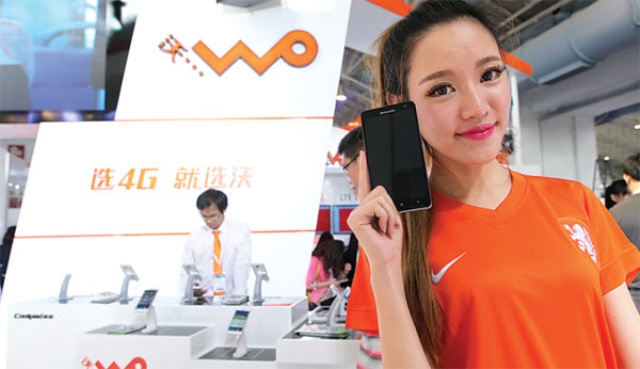 China Unicom will deploy a cloud-native core network based on Nokia AirGile technology in seven Chinese provinces.
China Unicom will deploy a cloud-native core network based on Nokia AirGile technology in seven Chinese provinces.
The core network will provide new agility to deliver high-quality voice services, and lay the foundations for 5G.
China Unicom will be able to deliver VoLTE and Voice-over-Wi-Fi (VoWiFi) capabilities from a single platform, as well as new services such as one-number, multi-devices. China Unicom customers can experience high definition voice calling, faster call set-up and seamless connectivity as they move between China Unicom’s 4G network and Wi-Fi access points, and receive calls on multiple connected devices.
Nokia will deploy its technology in seven provinces in China, including major industrial and tourist hubs: Sichuan, Inner Mongolia, Jilin, Hainan, Yunnan, Gansu and Hunan. The network will include Nokia AirGile cloud-native core technologies as well as the Nokia AirFrame data center, NetAct, CloudBand and Session Border Controller. Nokia will also act as a product and systems integrator.
Nokia and China Unicom started interoperability with other technology vendors’ equipment in 2017, enabling China Unicom to deploy a three-layer decoupled network architecture using network functions virtualization to decouple hardware and software and ensure flexibility allowing each network layer to evolve independently.
“The network will deliver new capabilities and allow China Unicom to accelerate the launch of new services, while agility will help enable a smooth transition toward 5G in the future,” said Gao Bo, head of the China Unicom customer business team at Nokia Shanghai Bell.
Earlier, China Unicom selected Huawei to deploy the first private cloud resource pool based on Huawei’s CloudFabric solution.
The private cloud resource pool, built by Huawei, includes an extensive data center network resource pool with Virtual Extensible LAN (VXLAN) technology to increase the number of servers from 1,000 to over 5,000 and raise network resource utilization by 90 percent.
Huawei has also used SDN controllers to facilitate automatic network configuration, cutting the new service provisioning cycle from months to days. China Unicom improved operating efficiency by more than 50 percent.





